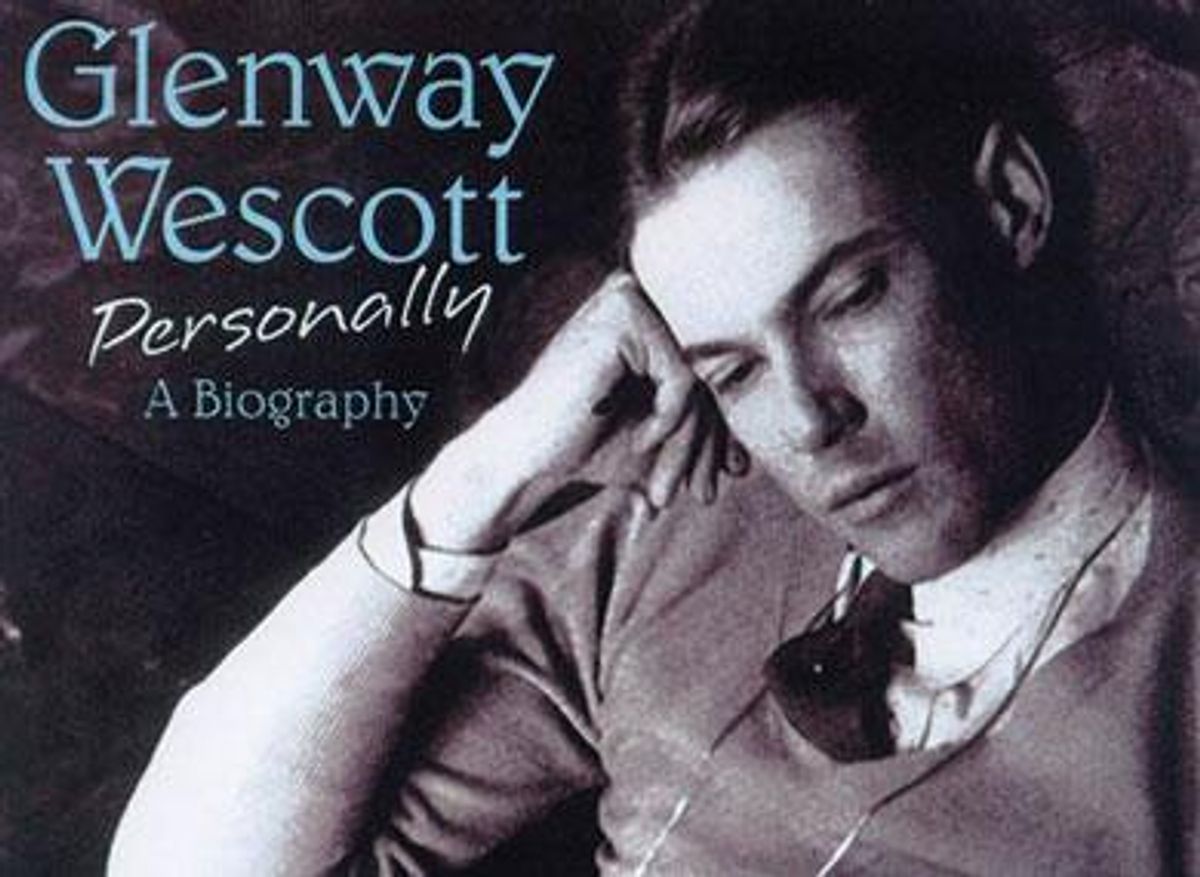
CONTACTStaffCAREER OPPORTUNITIESADVERTISE WITH USPRIVACY POLICYPRIVACY PREFERENCESTERMS OF USELEGAL NOTICE
© 2024 Pride Publishing Inc.
All Rights reserved
All Rights reserved
By continuing to use our site, you agree to our Private Policy and Terms of Use.
From Chapter 8: Dr. Kinsey and the Institute for Sex Research
On Wescott and Kinsey
When Kinsey came to New York, one thing that interested him was the social circle of Wescott's friend Carl Malouf. A number of Malouf's friends were fellow veterans of World War II, such as illustrator Tommy Sullivan and his giant bisexual find, Michael Miksche. Wheeler's important younger lover of the fifties was an artist and poet named Ralph Pomeroy. Although Pomeroy was outside Malouf's circle, he had a powerful impression of Miksche, who snubbed him. "I was mad for him," he said. "He was one of the most stunning sexual people I've ever met." Miksche was a star among the volunteers filmed at the Institute, as were a couple named Jack Fontaine and Raymond Ungar.
Bill Miller, the handsome model, sometimes joined the group. George Lynes also got to know Kinsey, and over the next several years gave the Institute scores of photos, some for payment, some as gifts. These were mostly male nudes but also included celebrity portraits. Another interesting connection for Kinsey was the French filmmaker Francois Reischenbach. A frequent visitor to New York, he had known Wescott since the 1920s in Paris, as did his brother Philippe, an art dealer. Francois would later win an Academy Award for his documentary work and contribute two gay-themed films to Kinsey's archive.
Malouf remembered gay male gatherings of that era: "We lived in an age of innocence. A homosexual evening was so secret and hush-hush. Once, I remember, a bunch of us went to someone's apartment to see slides of some boys in bathing suits diving off a pier, photos someone had taken. For that we were all tiptoeing and shushing each other up! [W. H.] Auden, sitting on the floor, looked up when Glenway came in with Tommy Sullivan and me, and he said, 'Well, look who's here. The vice president of the National Institute of Arts and Letters.' That night after we left Glenway said, 'The nerve of Auden doing that!' Because there were others there -- I think Lincoln Kirstein was there. Every time I ran into Auden he was just as rude, about other things too."
University of Wisconsin Press
Copyright 2002 The Board of Regents of the University of Wisconsin System
As Wescott remembered it, the party had seemed in danger of remaining completely proper, perhaps because the young men were uncomfortable in Dr. Kinsey's presence. But, sitting next to Michael Miksche, Wescott decided to act: "I was playing it by ear, when I suddenly realized that I could do it; they were all acquaintances but I didn't know them too well. So I just slipped out of my chair and went down on my Michael. Whereupon, away they all went! Then I got back on my voyeuristic seat. Alfred was sitting in a corner. He made absolute dead silence! He could disappear in the room, you know, you'd forget all about him. Everybody said that. He never made a move, he didn't breathe, and the eyes were just--he was so fond, so nonnegative, so positive, and he made you feel so important and central, and suddenly there you were: you'd forgotten he was there. It was a magical effect. And suddenly he'd get up and move, and you'd think, 'My God, he's been there a long time!'"
Kinsey also visited New York homosexual bars and Times Square haunts where Wescott would never be seen. "I didn't know about that; he didn't go with me, but I'm sure he went with my friends," said Wescott. "But, you see, he never told you anything, just on principle, and you never asked him anything. But he wasn't very much interested in it. He would probably go to one of each kind, and just have a look. What he wanted to do was talk. And to get to know people."
Kinsey saw a party that was different from Malouf's at the Greenwich Village apartment of Ralph Pomeroy, Wheeler's companion. Pomeroy remembered that "Glenway suggested it. There may have been two hundred people, a huge success. Nothing happened. It was just beautiful young guys who gave off positive vibes. But Kinsey loved it. He wanted to see the social behavior of gays. It wasn't just about sex."
From our Sponsors
Most Popular
31 Period Films of Lesbians and Bi Women in Love That Will Take You Back
December 09 2024 1:00 PM
18 of the most batsh*t things N.C. Republican governor candidate Mark Robinson has said
October 30 2024 11:06 AM
True
After 20 years, and after tonight, Obama will no longer be the Democrats' top star
August 20 2024 12:28 PM
Trump ally Laura Loomer goes after Lindsey Graham: ‘We all know you’re gay’
September 13 2024 2:28 PM
Melania Trump cashed six-figure check to speak to gay Republicans at Mar-a-Lago
August 16 2024 5:57 PM
Latest Stories
The Advocate's 25 top LGBTQ+ news stories of the century so far
December 23 2024 7:46 PM
Gay arts and entertainment journalist Gil Kaan has died at 72
December 23 2024 6:19 PM
California Gov. Gavin Newsom signs new law protecting LGBTQ+ students from being outed
December 23 2024 5:14 PM
Get ready for Aspen Gay Ski Week 2025
December 23 2024 4:24 PM
Donald Trump promises transphobic policies that will target youth and service members on 'day one'
December 23 2024 12:28 PM
Matt Gaetz allegedly paid tens of thousands of dollars for sex and drugs: House Ethics report
December 23 2024 10:41 AM
Freemasons, gay men, and corrupt elites in Cameroon — inside a conspiracy theory
December 21 2024 12:51 PM
Kathy Hochul vetos financial protection bill introduced after murders of gay men
December 21 2024 12:29 PM
35 pics of celebs uniting at David Barton & Susanne Bartsch Toy Drive 2024
December 20 2024 5:01 PM
From Saturnalia to Santa, is Christmas just drag in disguise?
December 20 2024 4:44 PM


































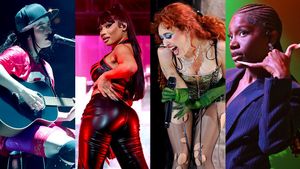
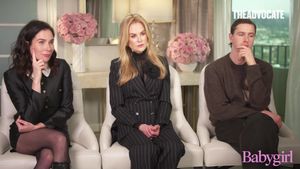











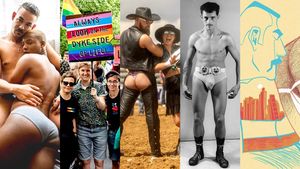




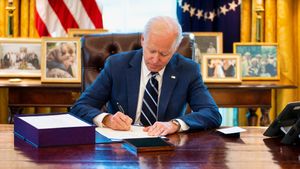

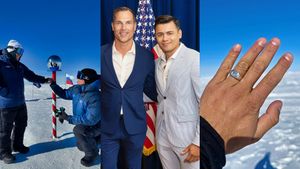




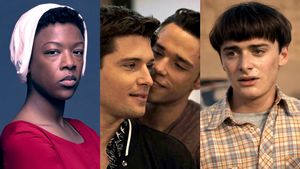

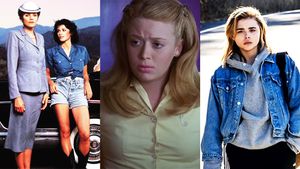


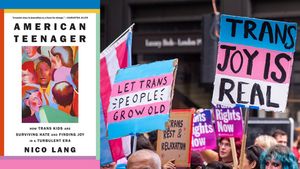















Viral post saying Republicans 'have two daddies now' has MAGA hot and bothered